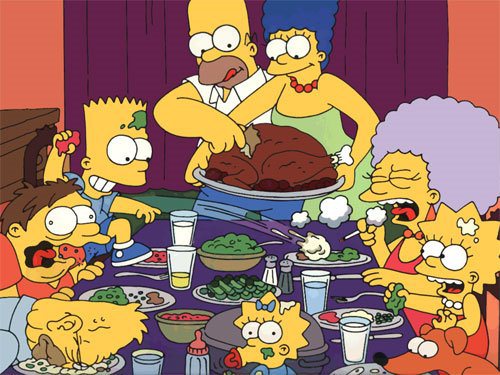Here’s the deal: Thanksgiving can be an emotionally-misguided time. Drama emerges, things are said, etc, etc. We’ve all been there. (I honestly think it’s either that or small talk. There’s no middle ground.) Can it be avoided? Sure. You can avoid your family. But if that’s not a possibility, is there something else? Yep.
It’s called paraphrasing.
I used to have this thing I said in college — I say a lot of stupid shit that sounds like catch phrases, so this wasn’t anything really new at the time — where I told my friends this regarding new dynamics they entered into:
“Play to people’s strengths, and play away from their weaknesses.”
Indeed, that seems like a good idea. But it’s a hard thing to actually accomplish, because human interaction is a pretty complex situation all told. There’s a lot of layers and past histories and assumptions and everything else. How can you really do this?
One way is this simple: paraphrase.
As noted by Stanford org behavior lecturer Matt Abrahams, the paraphrase is actually a very powerful concept. Because it gives the person being questioned the opportunity to re-contextualize the question in their own words, it can diffuse a lot of potentially over-emotional situations.
Take this example, from a potential Thanksgiving.
Mom: We’re just concerned that you’re not finding anyone right now. Maybe you should move home and we can set you up.
Daughter: So, you’re concerned about my romantic life. Is that right?
Generic example, but here’s the deal: by putting it out in the open and admitting that you just listened to mom’s question, you’ve fostered a degree of connectivity that will flip her back to “Oh, she gets it!” In an instant, you’ve gone from being on the defensive to “golden child.” Maybe what I just wrote was a bit drastic, but you can literally flip the emotional script of a conversation/dynamic within seconds simply by paraphrasing.
Part of that comes from the idea that paraphrasing implies that you just listened to the other person, and believe what they said is so important that it needs to be stated again. For many people, that’s a powerful connective tissue.
Cue Abrahams:
Paraphrasing has the power to help you connect with your audience, manage emotions, and steer the conversation. And once you begin to use the technique, you will realize it has the power to help you not only in presentations and meetings, but in virtually any interpersonal conversation.
So of course, it can work wonders in meetings and presentations — the conventional business applications of paraphrasing — but maybe the real goal for its use this year should be Thanksgiving.
After all, can you think of a time of year where you more need to connect with an audience, manage emotions, and steer the convo?
